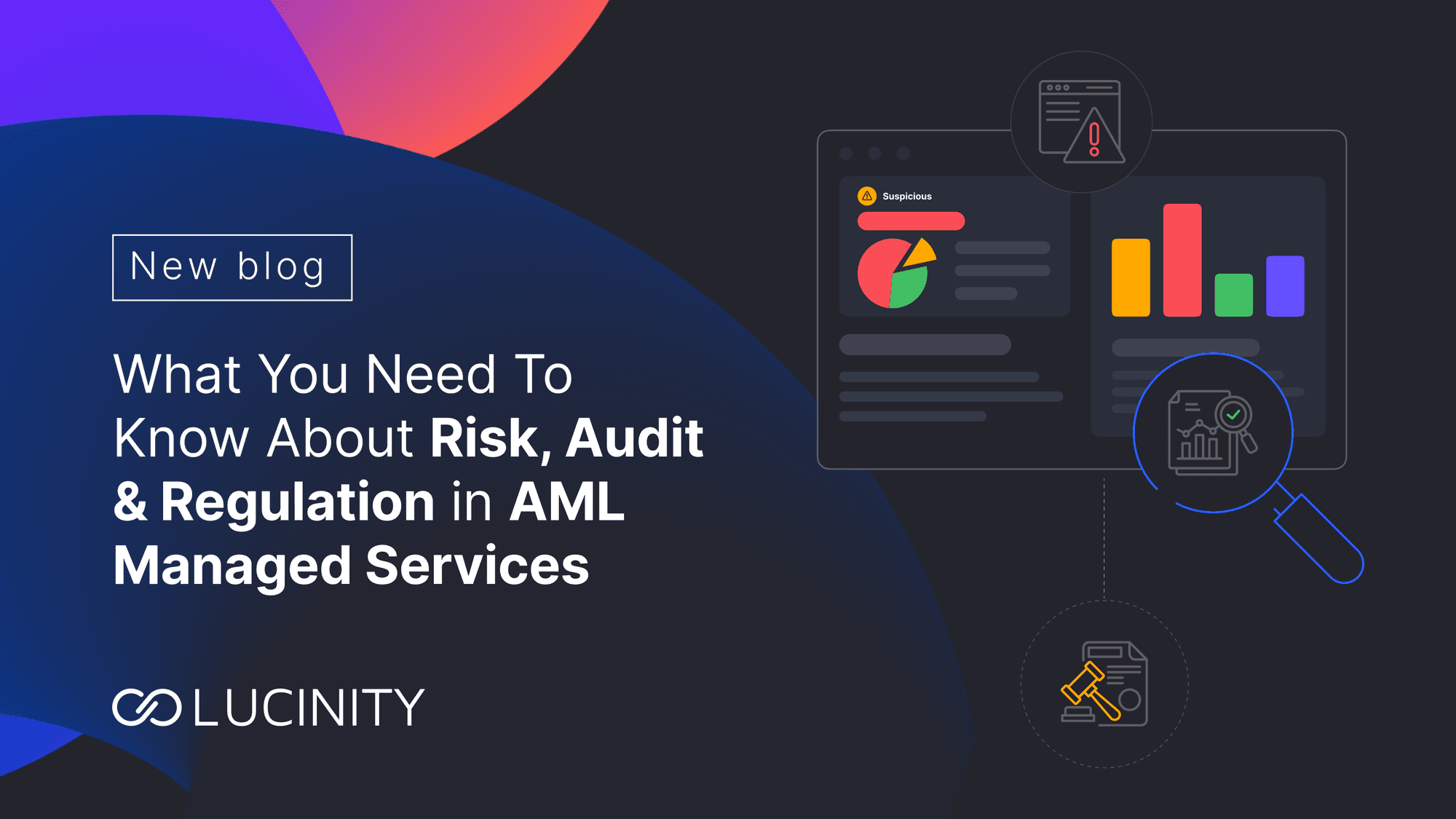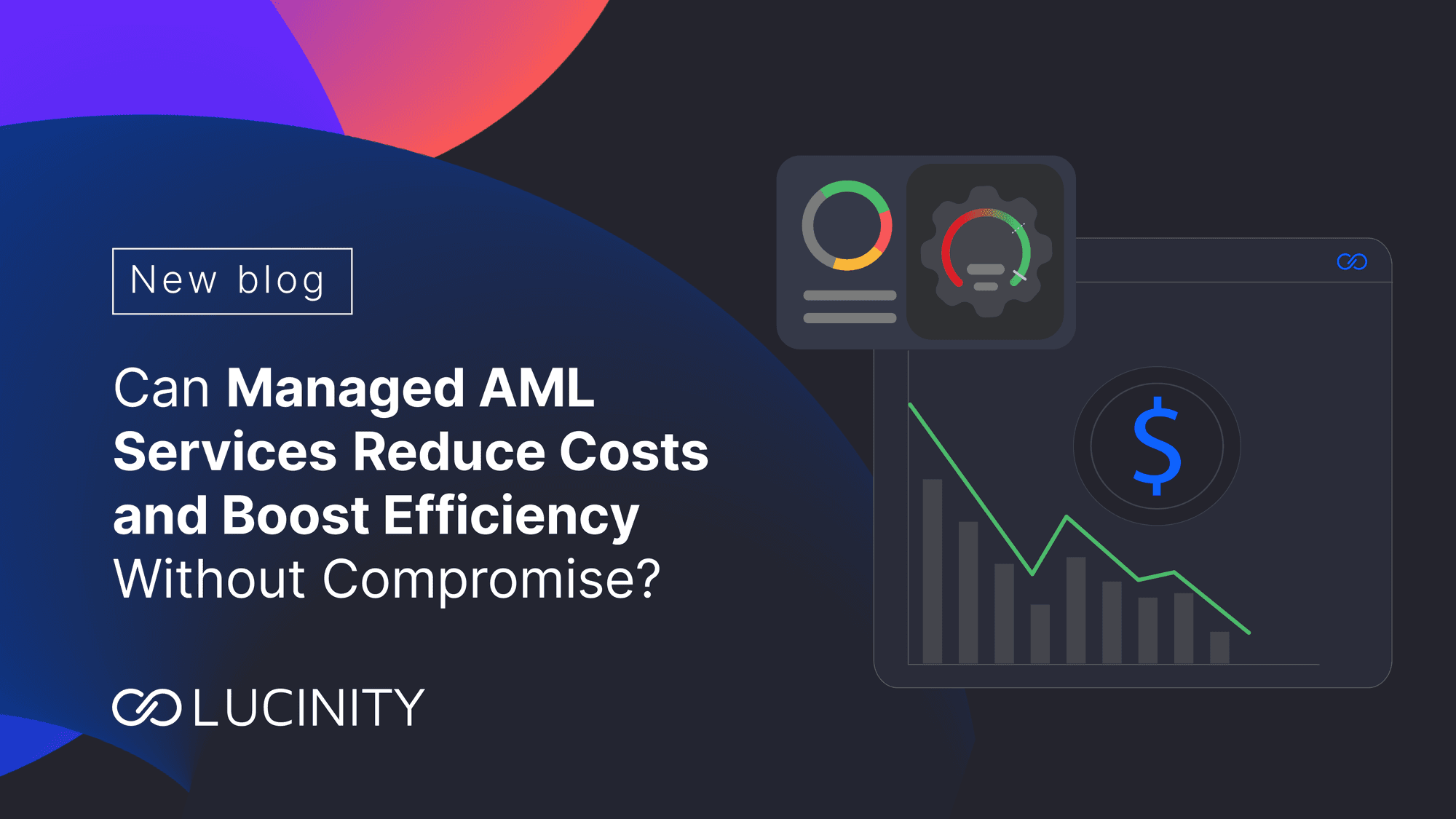Power to the people: deploying 'Human AI'
Letting AML analysts focus on the context and behavior behind the numbers, without burdening them with the need to also collect, process, and analyze data.
Welcome back! Now that you’ve seen why leveraging AI needs to be purposeful, and how a human-centered AI is built, it’s time to consider deployment.
Just like the conception of what AI is and should be, and the purposeful design it needs to be useful, considering the fit for AI in the target environment is crucial for successful deployment. When used right, be that by processing and analyzing vast amounts of data, making predictions, or playing to any other strengths of an automated system, AI is an asset for any modern organization.
Is AI the right choice for compliance? It can be!
The root cause for most of the disappointment in "AI-powered" systems is the tendency to over-promise and under-deliver. No technology can help a business if nobody knows
a) how to interact with it
b) how to interpret its results
c) how to leverage it for the results they want
d) how to integrate it into their processes
The use case for AI in compliance is two-fold:
1) it needs to detect potentially illicit activity - process and analyze vast amounts of data from all different kinds of sources, KYC, risk, screening, and core banking systems to name but a few. Then,
2) it needs to evaluate behaviors that have been detected and determine whether this is potentially suspicious or even criminal activity or not.
This two-step process lends itself perfectly to the Human AI approach we leverage at Lucinity.
Human AI: power that’s greater than the sum of its parts
Lucinity’s Human AI simplifies the detection process by employing smart algorithms to help us find better quality behaviors and to minimize overall noise in the system. All the while we bring explainability into the user front end, where it becomes part of the review processes and allows analysts to gain a deeper understanding of the machine's detection. We’re letting analysts focus on the holistic context and behavior of the human behind the numbers, without burdening them with the need to also collect, process, and analyze the data at the same time.

People are amazing.
People are not inefficient. They're good at creating context from fragmented information. The problem is, they don’t have time to contextualize and make decisions. They're:
- bogged down with collecting and memorizing vast amounts of diverse data
- hamstrung by limited capacity to understand complex data analysis due to lacking explanations
- overwhelmed by an exponential number of probabilities and interacting data points
- strained by tedious and repetitive manual labor.
People aren't inefficient; they just can't do everything. But that isn't a problem since we have the technology in place to support all the things humans aren't particularly good at.
But technology, AI included, is only beneficial if it doesn't try to replace what humans should be doing. Printing information on paper didn't replace people's memories: it freed them up from being overwhelmed with keeping track of data. Making information available digitally at any time didn't replace people's knowledge: it freed them up from having to know everything, and allowed them to think about the bigger picture and how things connect rather than just what they are. Now it's time for AI: not to replace what people do, but to free them up to do what they do best and not be hamstrung by their weaknesses.
Human AI doesn't claim any part of the human element. We trust and champion AML investigators: instead of overtaking, we empower them by providing the tools that take care of the heavy lifting, so they can let their talent run free. Human AI combines machine power and human-led guidance, and we designed a clean UI to clear anything and everything from a compliance professional's view that isn't relevant or useful.
By centering technology around humanity, we can apply the best of technology to bring out the best of both.
Or, as we call it: Human AI.





